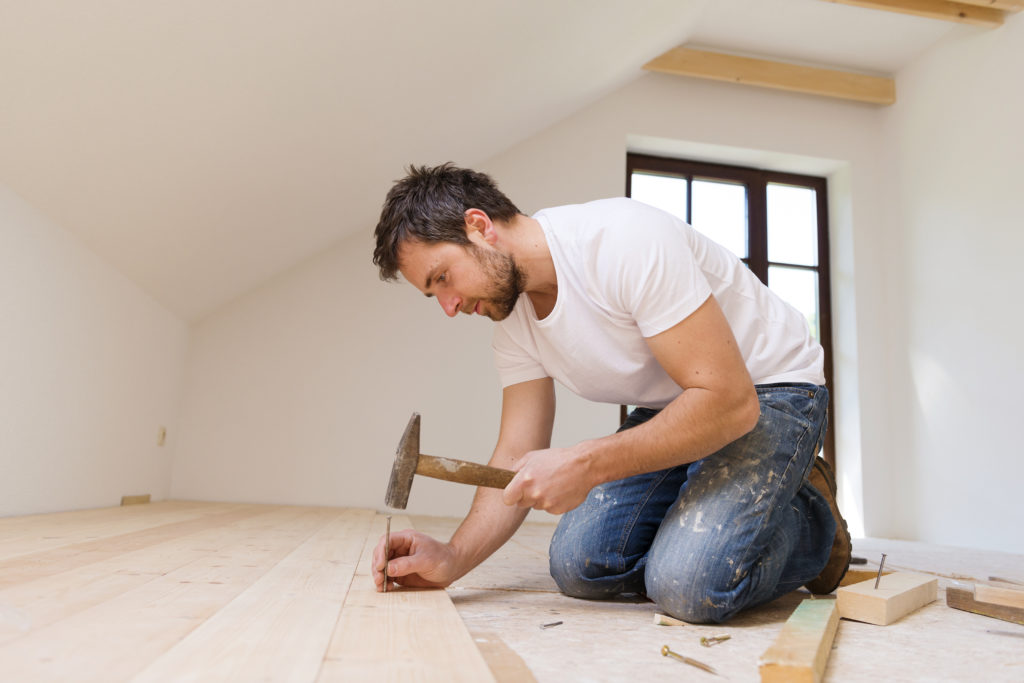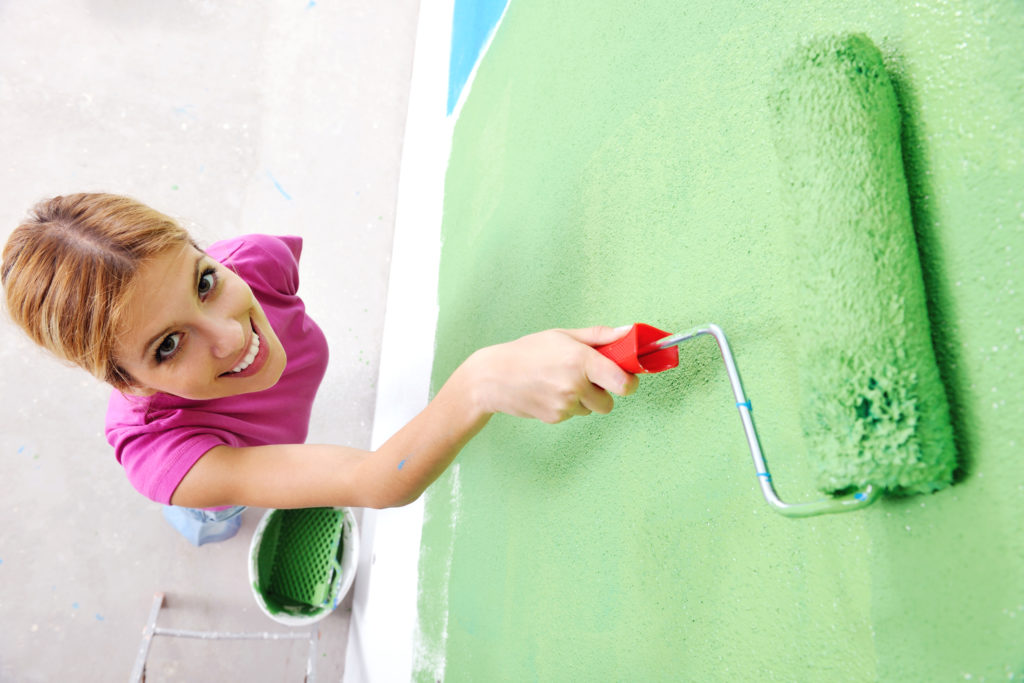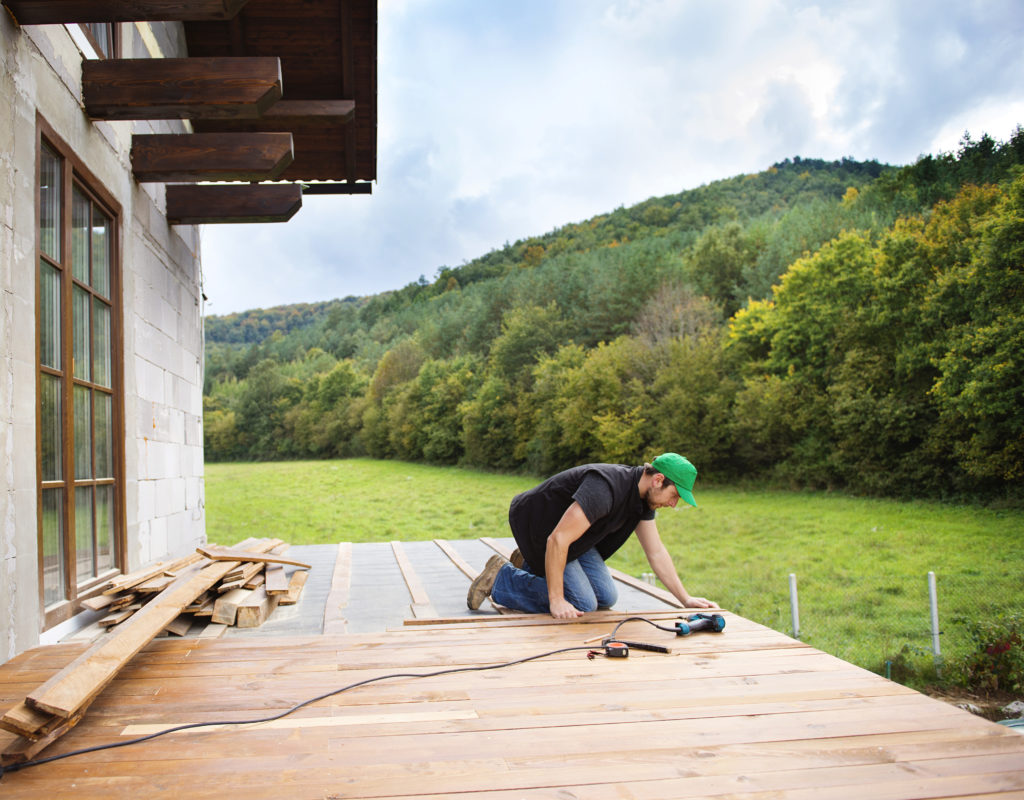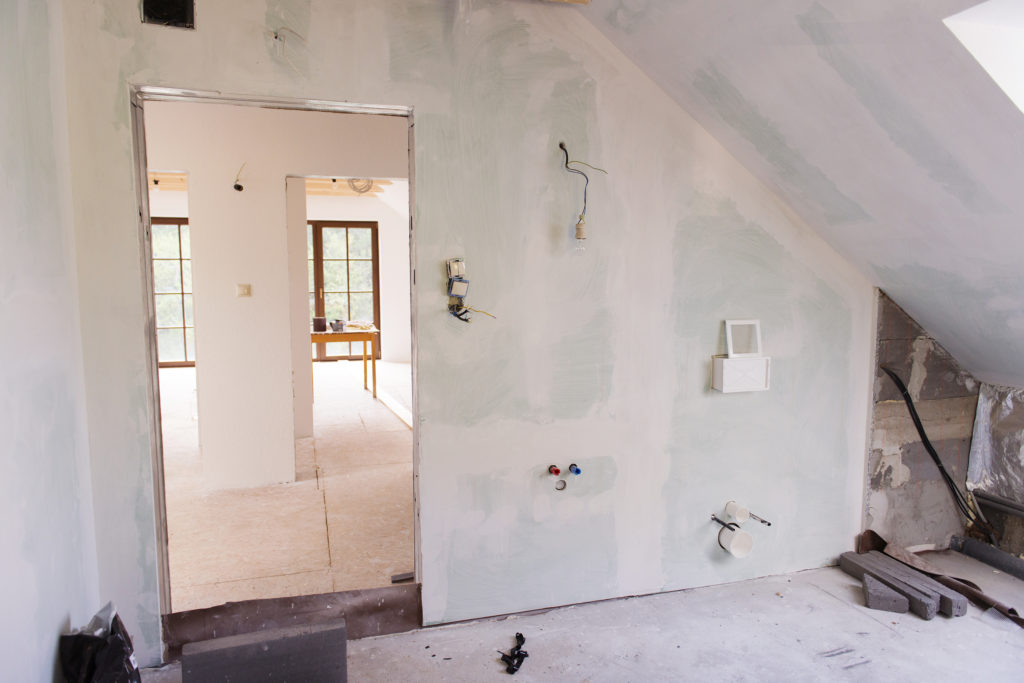Pros and Cons of Home Improvement Loans

Improving your home is a regular part of life when you own your own place. Whether it’s actually improving your home and raising its value, or simply updating certain sections right into the 21st century, you’re going to need to do this sooner or later.
A new kitchen can easily improve the value of your home, making it more competitive on the market, all the while giving you a nicer place to cook and do the dishes.
Home improvements, in general, are always worth it. If you want to sell it, it’s gonna get sold much faster. You can ask for a higher rate if you’re renting it out. Finally, simply living in it will be better, more enjoyable and comfortable.
Investing in your home means you are investing in an asset that will only increase in value over time.
However, all these amazing and great benefits you get from improving your home do not come cheap. No matter how large or small the updates you plan are, you need solid and substantial funds to get things off the ground.
These funds can come from your savings, of course, but a home improvement loan can be just what you actually need.
The article below deals with the pros and cons of home improvement loans, as well as defined in more detail what these actually are, what are the factors required to get them, as well as an alternative or two if you still aren’t convinced.
1. What is a home improvement loan exactly?

A home improvement loan (also known as a home renovation loan), is essentially a personal loan. Now, there are two types – unsecured and secured. Secured loans are much less frequent, however, but they do allow you to get a lot more cash.
Unsecured, on the other hand, are simpler, and pretty much all you need except for the largest of home improvements and renovations. You simply pay the bank in full once you’re done, with a fixed interest rate, over several monthly installments.
Secured loans are guaranteed against your personal assets and equity. Unsecured loans are, well, not. Now the advantage with unsecured loans is that you won’t really have to risk losing your home or any other assets if you fail to meet payments.
However, this also makes them much more risky for lenders, which necessitates larger, much higher interest rates. A secured loan can pretty much cover whatever you need when it comes to home repair and renovation, which doesn’t mean an unsecured loan won’t meet your needs.
2. Eligibility
If you want to get good low rate personal loans that can fulfill your needs and wants without getting into severe debt, you need to take good stock of your finances. Namely, a home improvement loan is basically available for anybody who wants.
However, you’re finances, your circumstances, job, salary, credit, this all influences the terms of payment, the interest rate you will get, and the maximum amount of money you can receive.
The most likely recipients of the best loans on the market are joint or individual homeowners with high incomes. Namely, these people represent a very low risk for any bank or lender, since, simply put, there is a high chance they are capable of repaying said loan.
On the other hand, people who don’t own their homes (but have a right to modify it), with low incomes, poor credit, and a generally poor financial history will not get anything worthwhile. So, think about your credit, work on it, and you will increase your odds of getting a good loan.
3. Why get a home improvement loan

Are you thinking about extending your home, getting a new bathroom, or maybe fixing up your foundation? A home renovation loan is a great way to fix certain problems before they become worse, as well as making budgeting for something you really want easier and quicker.
A home improvement loans make tracking your debts simpler, and in general, can serve as extra motivation to be smart about your money. It happens to everybody – you set aside a bit of extra money at the beginning of every month, only to squander half of it on something nonsensical once the month is out.
A personal loan means you can get what you want immediately, without waiting. Sometimes this is a matter of feeling impatient, or not wanting to miss out on an amazing deal. Other times, it’s about fixing up a problem, like a leaky roof, before it becomes much worse. Furthermore, for the latter situation, it saves you from making compromises.
Maybe you wanted to improve the quality of the materials used for your roof in a very long time but simply lacked the required initial funds. Now that it’s leaking, you have to spend money on only maintaining it, instead of improving it, further postponing any advancement.
Another benefit of a home improvement loan is that you can usually spread out your payment over several months or years. Most of the time you can get anything from between 10 to 50 months.
This gives you much more control and flexibility when it comes to payments and money management. Of course, you need to take interest fees into consideration, especially since they really add up as time goes by.
We should also point out that often lenders give you a sort of grace period, or a so-called “payment holiday”. During this time, you can get 2 to 3 months where you simply don’t have to make any payments, and when you don’t have to worry about interest rates or penalties.
This is a beneficial clause in certain loan agreements where you can essentially take a break and handle any emergency issues and financial problems, like a car needing serious repairs, or handling a medical emergency.
4. Why you shouldn’t get a home improvement loan

Of course, there is no such thing as a free lunch. Namely, there are many factors that influence how good of a loan you can get. Most of the time good home improvement rates (i.e. loans) are available for people who can pay them back in something like 3 to 5 years. If you are looking for something shorter, you might not be as attractive to lenders.
Now, of course, the core factors that influence the quality of your loan will be your credit score and your financial history. So, you are automatically at a disadvantage if you have a poor credit rating and suboptimal financial circumstances. You will either not even get a loan, or you will need to pay substantially higher rates.
Next, a very annoying disadvantage of home improvement loans is that whenever you look for one, your credit report will record this, and it will lower your credit a bit. Furthermore, any rejected applications will also be recorded.
We suggest you do as much research online as possible, and in general be cautious when you apply for things like this. Be realistic, be honest with yourself. If you make too many credit requests in a short time, you will be seen as a high-risk client.
The core disadvantage of home improvement loans is that there is a risk that accompanies interest rates. Namely, no matter how much you borrow, you need to understand that high-interest rates are going to be waiting for you in the near or far future. You need to be 100% sure that you can make every payment on time, in the right amount.
The risk here isn’t just centered on your lack of caution or supposed lack of responsibility. Rather, you should be afraid of whether something comes up, like an illness that makes you lose your job, or a market crash related to your industry happening, or simply your company closing down.
You basically face two options if you’re in trouble – a secured loan means losing an asset, like your car or even your home. An unsecured loan means high-interest rates that will build up slowly but surely. The last thing you need is to face an insane debt higher than ten times the work you paid for.
The disadvantages boil down to essentially two things – fist, the loan is only as good as your credit, and second, how much risk can you take? Sometimes that means a lot, sometimes none at all – it all depends on your line of work, your financial circumstances, and the size of the loan you want.
5. Fixing up your credit and getting the best deal possible

Now, don’t think that just because you have a low credit score, that you can’t change your circumstances. Credit can and should be improved, at every opportunity you get. So, once you figure out where you stand, you should look towards fixing up your credit score as soon as possible.
First, pay your bills on time. One of the more important factors in checking whether a lender can trust you with this money or not is whether you pay your bills on time or not. This is a very good indicator of how responsible you are with your money. Namely – if you have trouble meeting your bills, how will you be able to pay your loan repayments on time?
This includes any small auto or student loans, as well as of course your phone bill, rent, utilities… And don’t fret – while yes, your missed bill payments are recorded within your credit report, their severity and significance decrease over time. Furthermore, if you make your phone and utility payments on time, you can build up your credit even more.
Next, never be afraid to dispute any inaccuracies. Mistakes happen, people are overworked, tired, and sometimes a mistake in your credit report might just creep up. Contact a credit company, a bank, or any of the credit bureaus, and get things under your control.
As we’ve mentioned, be smart with your credit as well. Too many inquiries and applications can cause some trouble. Hard inquiries will negatively influence your credit scores, but they will fade over time. And of course, apply for loans only when you need one.
You also want to make a positive impression on your lender. We advise you to show up early and be prepared. Have all the relevant paperwork with you, at your disposal. Produce accurate statements and information concerning your income, and just present yourself as professional and serious.
6. Alternatives
Finally, a quick word on alternatives. For smaller renovation jobs you could maybe find a small cash loan with a 0% interest rate, which can be spread out over several months.
Or, you can get an account with an agreed overdraft, or get this overdraft system on an account you already have. Now, overdraft accounts that don’t have interest fees don’t have that much money on them, but for smaller work, you won’t really need more than that.
Remortgaging your home is also an option, but the math on this one can vary greatly and most of the time it’s enough if just get a loan.
Conclusion
Getting a good home improvement loan means you won’t have to wait and save up in order to make an improvement to your home or to repair a problem before it escalates.
A home improvement loans is a personal loan, most likely unsecured, which allows you to get some money quickly, and pay it back in a couple of months or a few years. Of course, the main issues that follow these loans are your credit and your financial history.
Poor credit and financial history mean high-interest rates and a general solid plateau and celling on how much money you can get. And even if you do have a good loan because of your good financial standing, you need to face the risk of failing to meet payments due to external issues.
Still, if you are smart with your money, you will get a flexible cash injection that greatly strengthens your purchasing power, all the while giving you lots of freedom and options.
Category: Home Renovation




